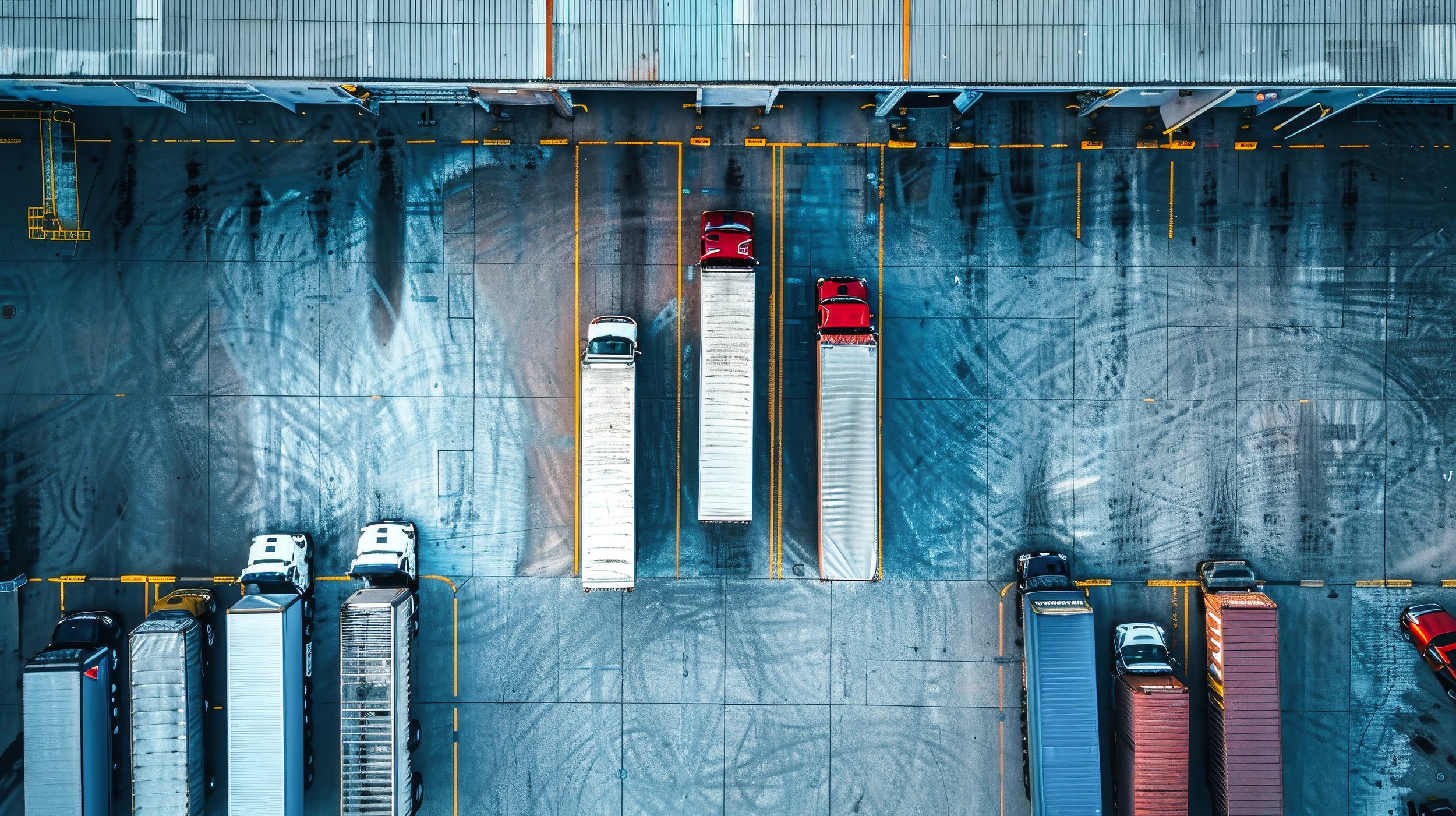Why are Most APAC Businesses Putting Their Supply Chains at Risk?
Written by Global Executive Director of Supply Chain, Tom Fitz-Walter
A third of APAC businesses are diversifying their supply chain operations, according to the recently released Trade in Transition report. But another way of interpreting this finding is that two-thirds of APAC businesses are failing to safeguard their supply chains. Why?
Disruption is guaranteed. Whether it is geopolitical, economic, social, or environmental. This is reality whether businesses accept it or not, but they can protect their ability to deliver for their customers, by making their supply chains resilient.
The past few years have been tough for businesses, with consecutive interest rate rises, increasing cost of capital and labour, and the subsequent impact on consumer spending.
But 2025 might be the year of opportunity, as inflation is controlled and the cost of capital decline which will give businesses the chance to invest in and plan for their supply chains.
Not only that, but businesses have been burned in the past. The bottom line is that a resilient supply chain is one that will survive further disruption.
Navigating Geopolitical Change
If U.S. President Donald Trump sticks to his election promise of tariffs on exports from China to the U.S., that could have an inflationary impact domestically in Australia. As we have seen for the past few years, consumers spend less during periods of economic uncertainty, which would impact businesses of all sizes. 2025 is also a federal election year in Australia and the potential change of a government may also keep consumers cautious.
Australian business operators should be aware of the potential impacts of the Trump administration’s policies on supply and demand in the domestic economy. These impacts will vary depending on an individual business’s industry and the nature of its supply chain operations, particularly if it intersects with and within the U.S. and China. It could mean an increase in costs.
But rather than adopting a static, “wait-and-see” approach, businesses can plan to safeguard their supply chains in response to geopolitical disruption.
The Power of Scenario Testing
‘What if’ or ‘scenario’ testing is a powerful, efficient way to plan for and protect supply chain resilience. A business can evaluate and improve the resilience of its supply chain by testing it with different risks and scenarios. For example, a business could ‘roleplay’ what it would do if its overseas manufacturer suddenly ceased operation or in response to tariffs, sanctions, inflation, rising labour costs. The list goes on.
All supply chain resilience planning focuses on business continuity and on ensuring the ongoing capability of a business to provide its services or products to customers. Ensuring there is a plan in response to disruption is a good place to start.
The principles of risk management, supply chain resilience, and business continuity planning remain the same – it is just a matter of scale. A business of any size that has a supply chain can and should map out its end-to-end process.
What will it take for the remaining two-thirds of APAC businesses to diversify their supply chains? Disruption is guaranteed, but with strategic planning, customers do not have to be adversely impacted by it.

